Eye and Art: such a long history
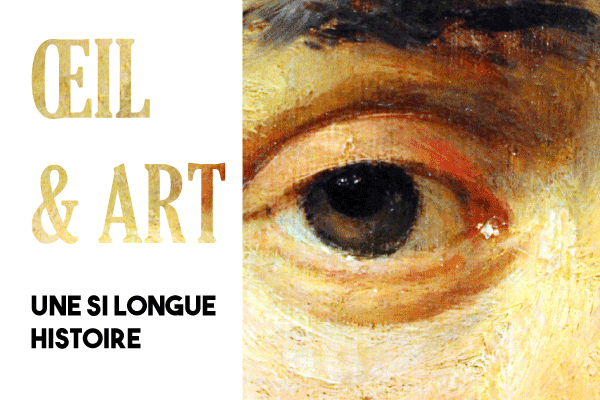
Certainly the most intriguing part of the human body , the eye has always fascinated lovers, doctors, religious and artists. Sometimes a window or mirror of the soul, sometimes a symbol of providence, of subjectivity or authority, even of fear, our visual organ is, in the imaginary, devoted to all allegories. Finally, while many artists are appropriate, have played with these symbols and have sometimes personified, we say that, despite everything, our eyes are far from having unveiled all their secrets. Back on such a long history between eye and art .
Eye and Art: from the first days
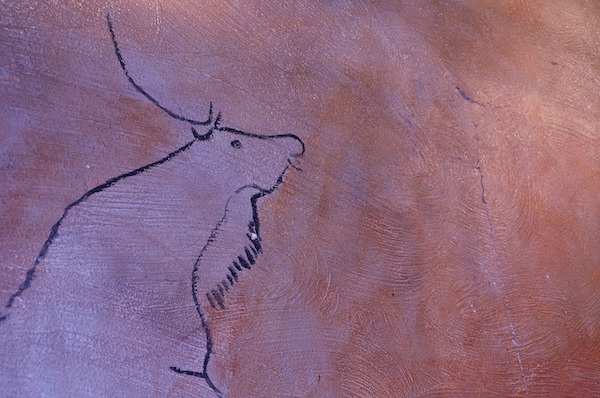 @Pixabay [/ caption]
@Pixabay [/ caption]
Art did not wait long to be part of human concerns. The first men have largely demonstrated their know-how using rocks ( rock art ) and walls ( parietal art ). Scenes of short lives and intense, in which almost no detail seemed to escape them.
Thus, despite a lack of total knowledge, these men were able to represent with accuracy some of the elements around them. Among them, the fauna largely had its place on the walls of the caves. Rhinoceros, horses, tigers … those that they crossed became inspiring.
They did not forget to reproduce, sometimes with an astonishing exactitude (forms, proportions), their eyes, without that one can really answer the question of a particular symbolism .
It is especially in ancient Egypt that the representation of the eye will take a particular turn .
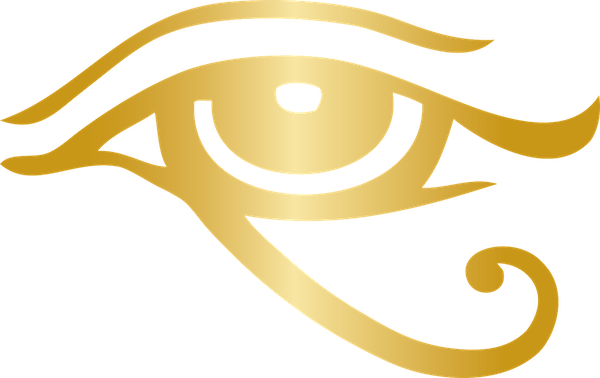 The eye of Horus @Pixabay [/ caption]
The eye of Horus @Pixabay [/ caption]
In the Egyptian imagination, the eye first becomes a protective symbol . It is called Eye Oudjat , or Eye of Horus. It represents the vision , of course, but also and especially the fertility and the phases of the Moon .
Horus being the God Faucon, his eye is considered by Egyptologists as a hybrid of human eye and hawk . Precisely represented are parts of the eye such as the conjunctiva, the pupil and the eyebrow.
The myth of Horus tells the story of his fight against his uncle Seth to avenge his father's assassination. In the course of this fight, Seth tore Horus's left eye, cut it into six pieces and threw them into the Nile. The pieces were then retrieved by Thot who gave Horus his vital integrity.
This Eye Oudjat was also long associated with mathematics , and supposedly used to measure grain abilities. [ =]
In Byzantine art , portraits were portrayed to give importance to the eyes, changing their proportions, viewing them as an access to the afterlife . =]
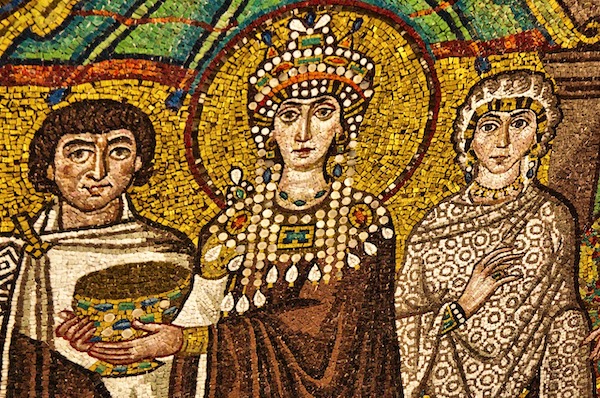 @Pixabay [/ caption]
@Pixabay [/ caption]
The Renaissance: realism adds to the symbolism
The art, the Renaissance, is the advent of perspective and realistic works, if they continue to represent the eyes with special power, this time taking into account eye of the spectator , even allowing himself to play with.
The trompe-l'oeil then enters the world of art. No need to present the Mona Lisa , the most famous painting in the world, and its look that seems to follow us.
[Caption id = "attachment_10199" align = "aligncenter" width = "600 "] 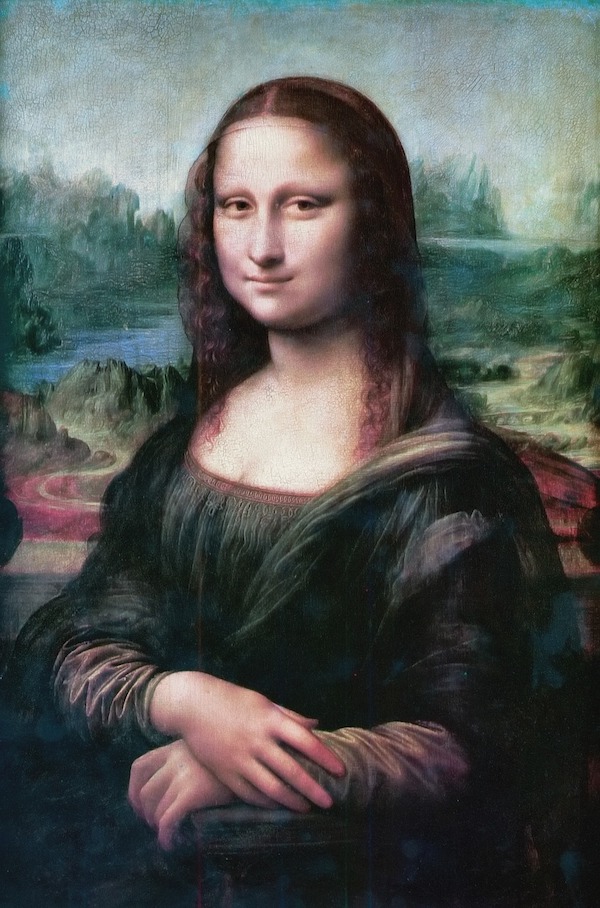 @Pixabay [/ caption]
@Pixabay [/ caption]
But the eyes continue to fascinate for what we believe they are, and popular beliefs, especially religious, are not lacking. Thus, Johann Heinrich Füssli, in his painting The Nightmare , which he will paint several versions, makes each time a very special representation of the eyes of the horse and the incubus, making his work terrifying.
The eye and the eye are, very often, the central elements, the very essence of the work and success that will follow, painters.
Gustave Courbet , between 1843 and 1845, makes a disturbing self-portrait, The Desperate , whose look is the essential element. A way to make his painting alive, to the point that it makes you want, literally, to turn around, to observe in turn what despairs so much this young man.
20th century: Power and Terror
With the development of photography and cinema , the eye will continue to impose itself as the most intriguing of human organs, but also as the most powerful and, to another extent, the more terrifying.
Because the eye is not only related to religion and all that surrounds it, but mostly becomes the mirror of feelings , a means of "reading" the soul of a protagonist , in order to know what he is thinking and what he is hiding.
Alfred Hitchcock has, on several occasions, used the image of the eye in his films. Whether he uses it as an opening ( Vertigo ), motionless to signify death ( Psycho ), or to allow the viewer to discover the culprit ( Young and Innocent ), his complete technical mastery and imagination allowed him to eye to be much more than a mere organ of vision for its characters
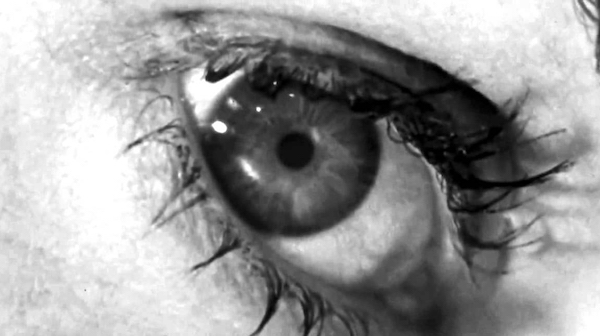 The immobile eye often represents death – Psycho – A.Hitchcock [/ caption]
The immobile eye often represents death – Psycho – A.Hitchcock [/ caption]
In the twentieth century, the eye has no limits , in cinema as in literature. It is therefore, thanks to Hitchcock, but also to Polanski ( Repulsion ), Beckett or Schneider ( Film ), a symbol of anxiety. It can also be related to a weapon ( The Village of the Damned, The Book of the Jungle … )
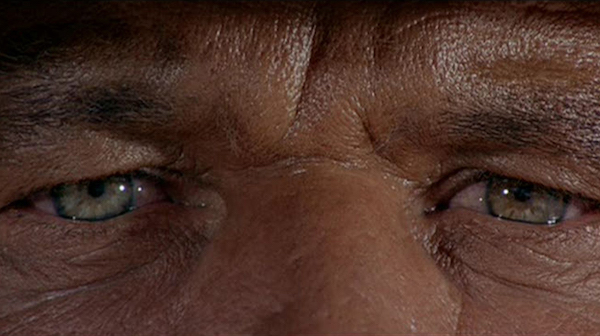 The deep look of Charles Bronson before facing Eastwood and Fonda – The Good, the Bad and the Ugly – S.Leone [/ caption]
The deep look of Charles Bronson before facing Eastwood and Fonda – The Good, the Bad and the Ugly – S.Leone [/ caption]
The eye also becomes a cinematographic technique : just zoom in to make the viewer understand the appearance of a flashback ( Once upon a time in the West, Sisters of Blood … ) or it can still serve as a premise for an impending duel ( The Good, the Bad and the Ugly, The Teeth of the Sea … )
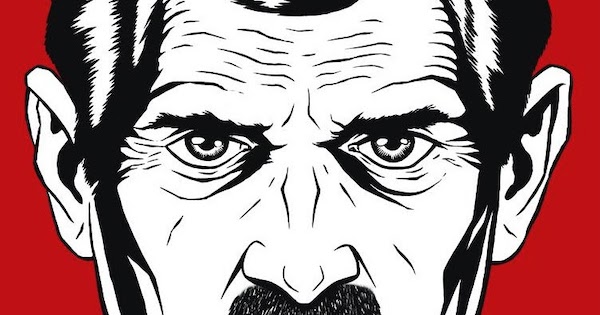 The authoritarian and terrifying gaze of Big Brother – G.Orwell – 1984 [/ caption]
The authoritarian and terrifying gaze of Big Brother – G.Orwell – 1984 [/ caption]
It becomes even political , like the dictatorship described by Orwell in 1984 . The look of Big Brother, depicted on the posters, materialized by the Telecran, arises everywhere in the territory of Oceania. The eyes then become the absolute symbol of power and despotism , but also the terror of the people , when the main protagonist, Winston Smith, will face his worst phobia.
Our pupils, unique and sentimental
Tim Burton's Big Eyes takes this relationship between eyes and art , telling the story of Margaret Keane, an undeniably talented artist whose husband, Walter, will sign the works for years. All of Margaret Keane's paintings depict children and animals with disproportionately large eyes . She explains it briefly, preferring still to keep some mystery: " The children have big eyes. When I make a portrait, the eyes are the most expressive part of the face. They became bigger and bigger. "
[Caption id =" attachment_10202 "align =" aligncenter "width =" 600 "] 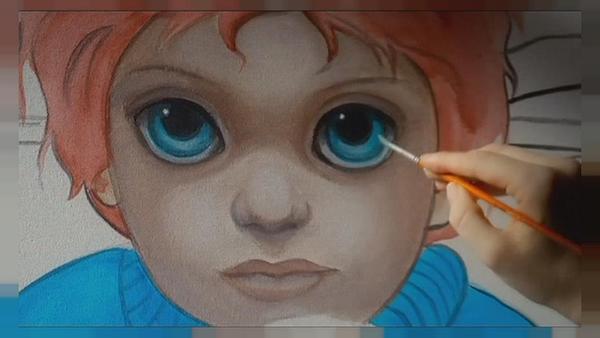 Margaret Keane's "Big Eyes" [/ caption]
Margaret Keane's "Big Eyes" [/ caption]
Finally, the musician, filmmaker and painter Brian Warner, better known by his rock-star name Marilyn Manson , whose paintings are internationally recognized, has long described the eyes, in his songs as in his paintings, as beings in their own right, unique and different, even if they are arranged on one face. An analogy of his fight against fashion and resemblance.
If there is one thing that we can recognize in our eyes: it is that they are, as far as the imagination, unlimited. Over the centuries, they have fascinated our most distant ancestors, intrigued the greatest artists and scientists, have become the symbol of our aspirations and fears. They have become the link between what surrounds us and what differentiates us as an unique person, with his own intimacy and his own personality.
It is therefore useless to say that, in the years and centuries to come, our eyes will open, artistically, to new perspectives.
[= ]
To go further, discover the article of AlloCiné or the show BlowUp of ARTE on the famous shots of the eyes in the cinema!
Sources: Snof, Arte, PerezArtsPlastiques
[ =]


